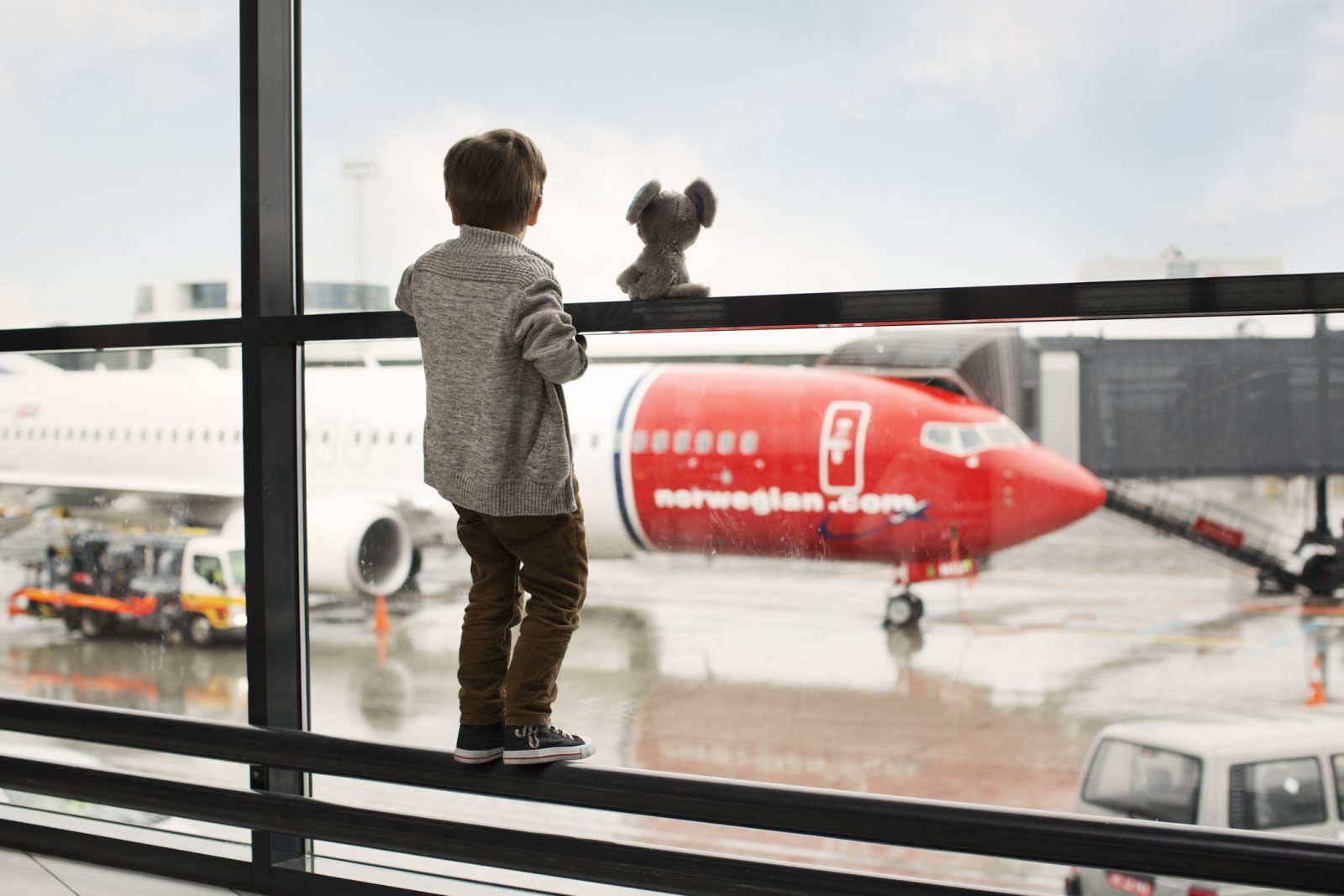
The plucky upstart airline, Norwegian – which is far more used to picking up accolades and industry awards has been attracting rather more negative headlines in recent weeks. The airline, which like many carriers around the world is facing problems with it’s Boeing 787 Dreamliner’s, has been forced to wetlease less than desirable replacement aircraft – the impact on the passenger experience has not been good.
Of course, Norwegian isn’t alone in being forced to wetlease aircraft while certain Rolls Royce engines undergo inspections (and in some cases replacement) but for an airline which has built a large chunk of its long-haul strategy using Boeing 787’s, the effect has been particularly acute.
When they are flying, the Norwegian Dreamliner’s are, well, a dream to fly on. An ultra-modern fleet with comfortable seats, state of the art seatback entertainment, mood lighting and the usual 787 benefits like enhanced humidity levels. Some of the wet-leased aircraft, meanwhile, haven’t quite been to the same standard.
In particular, an ageing 747 Jumbo jet from Spanish operator Wamos Air has attracted a significant amount of criticism – the ageing and dirty interior, non-functioning IFE and a well-meaning but somewhat ineffective crew were all cited as being particularly troublesome.
Unfortunately, Norwegian has been forced to extend its use of wet leased aircraft for some time to come. In the last few days, the airline announced plans to use three different wetlease providers on routes to New York JFK and Newark until late-October. Norwegian had originally hoped to return to normal operations in September.
According to RoutesOnline, Wamos Air will again be coming to the rescue for one of two daily departures from London Gatwick to JFK. On this occasion, Norwegian will be making use of an Airbus A330 rather than the much-maligned 747.
Meanwhile, EuroAtlantic will be operating a Boeing 777-200 from Paris Orly to Newark 6-times per week, while Privilege Style is leasing the same aircraft type (albeit with a different seating configuration) on a 6-times weekly service from Rome to Newark.
Norwegian certainly isn’t alone in wet leasing aircraft – it’s a common tactic used by lots of big-name airlines, especially when demand is temporarily higher than the resources an airline has available. In fact, Norwegian should be commended for attempting to offer the same service on its wet leased aircraft as what passengers would receive on a Norwegian operated Dreamliner – something not every airline is willing to do.
That, of course, poses its own problems. How do you quickly train wet leased crew to deliver a service to the standard your passengers expect? And for that matter, how do you make sure the crew are actually delivering the service you want delivered? It might seem simple but the reality can be very different.
So Norwegian’s new plan is definitely praiseworthy. We’ve learned that the airline has started to deploy a small cadre of it’s own cabin crew on wet leased operated aircraft – the objective is simple: make sure the service is delivered as intended and wet leased crew are coached properly.
This is a significant investment for Norwegian. They will already be paying a lot of money for short-term wetlease agreements (although the airline will no doubt be recovering some of this from Boeing and Rolls Royce) but on top of that, they are now paying to put their own crew onboard these flights.
The Norwegian crew won’t be trained to the safety standards of these wetlease operators so they are simply getting involved in the service. This is a big deal for the passenger experience and one that some full-service carriers could learn from as well.
We don’t yet know how many Norwegian crew will be on each flight although, we’d expect a minimum of two – one to oversee Premium while the other supervises the Economy service. Passengers will benefit from being able to see crew in the distinctive Norwegian long-haul uniform.
Mateusz Maszczynski honed his skills as an international flight attendant at the most prominent airline in the Middle East and has been flying ever since... most recently for a well known European airline. Matt is passionate about the aviation industry and has become an expert in passenger experience and human-centric stories. Always keeping an ear close to the ground, Matt's industry insights, analysis and news coverage is frequently relied upon by some of the biggest names in journalism.







